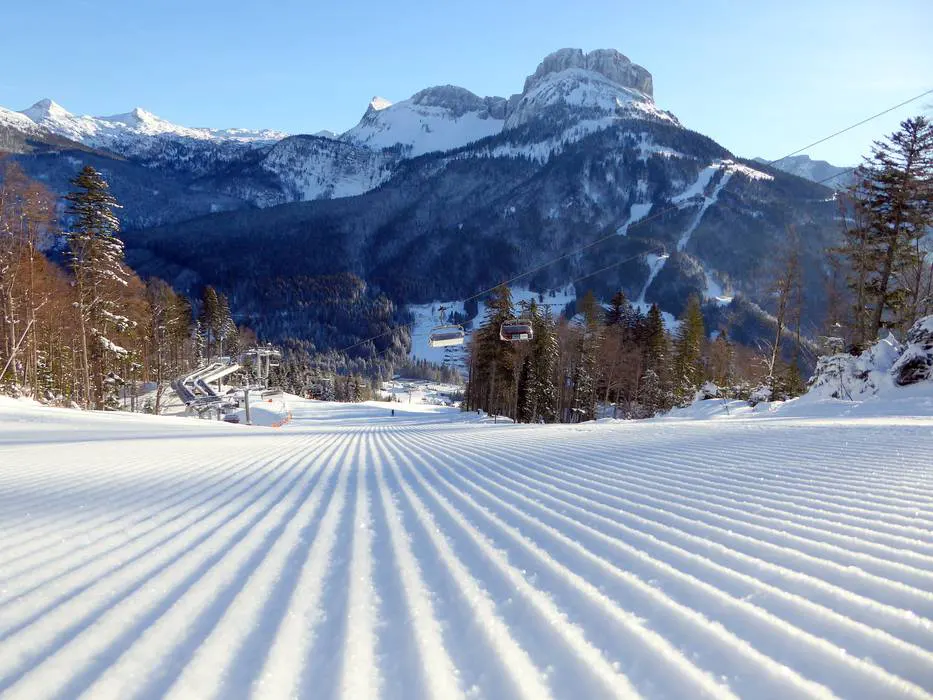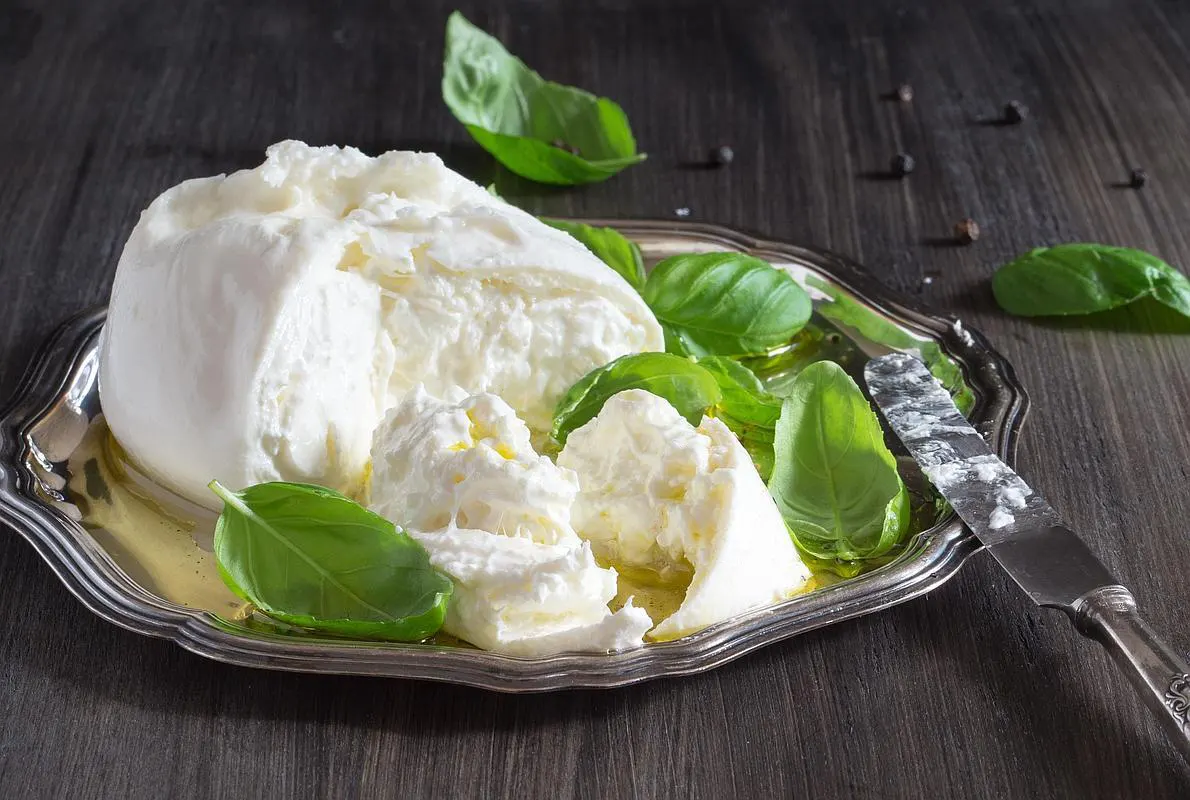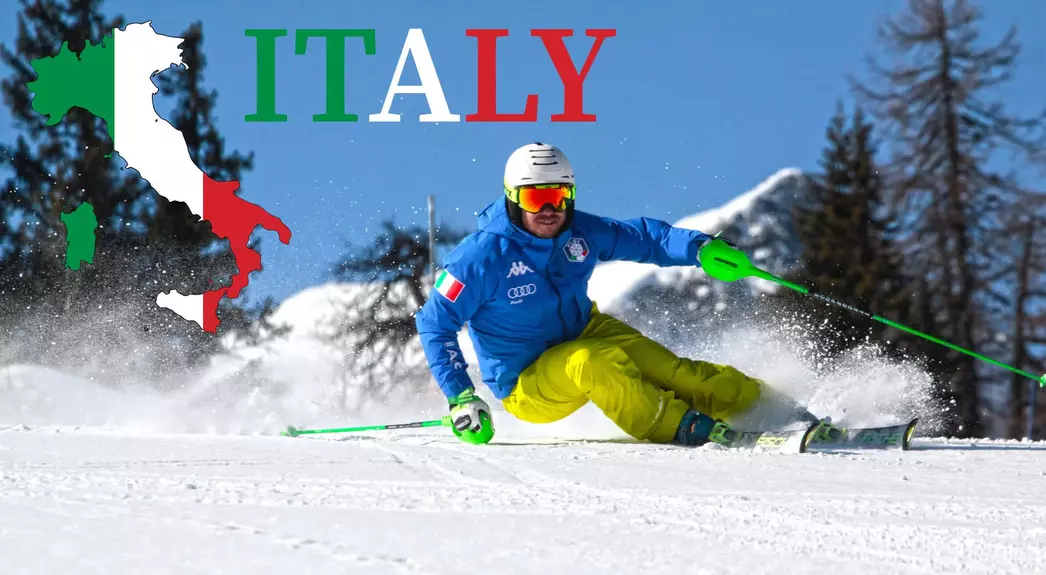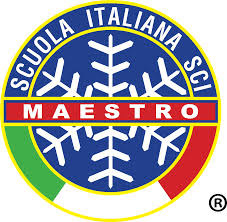For the 21/22 northern hemisphere winter season, I moved to Europe for the first time in my life to work as a ski instructor at the Dolomiti di Brenta mountains (the Trentino-Alto Adige region) in the north of Italy.
This region in Italy is positioned on the sunny side of the Alps where South Tyrol meets Italy. Italy has crazy good food and owns more of the Alps than Switzerland, Austria, or France.
The country has more than 280 ski resorts, with more than 400 ski schools.
Something remarkable is that Italy is way more affordable than its neighboring alpine countries. Therefore, it is a very good option if it is about skiing in the cradle of this amazing sport.
The experience was very rewarding, and I would like to share with you some of the aspects I’ve found really interesting to point out, regarding the place, the skiing, the industry, and life there.
I worked at the Marilleva Ski School, placed on a beautiful medium-size ski resort that is part of the huge “Madonna di Campiglio – Val di Sole” ski area. More than 150 kilometers of slopes that are always perfectly groomed with great snow conditions throughout the season and 60 lifts that link Val di Sole to Val Rendena giving skiers the chance to ski in the three most popular and top-rated ski areas: Folgarida-Marilleva, Madonna di Campiglio and Pinzolo. And all with just one ski pass! The Dolomites are a UNESCO World Natural Heritage Site, and you constantly get stunning views of the towering Brenta Dolomites massif with its colorful stripes.
Here is a list and small description of the things or facts I’ve found very fascinating:
If you find this piece of information useful to improve your skiing, please support this website and help us to keep it up and create more content! A small donation really means a lot to us… Thank you so much!
The Ski Resort
–State-of-the-art snow grooming: every day the slopes were just perfectly groomed. Here in Italy, the grooming is absolutely professional. This is the thing that really amazed me the most.
Italian snow-grooming is world-renowned. When you stay a whole season in an Italian ski resort, you definitely understand why…

–Huge and very developed snow-making system: this season was very dry, with just a few snowstorms, but all the ski runs were always full of it. I’m not a big fan of man-made snow, but it is always way better than no snow at all!
Here, they have more than 1670 snow guns and lances, and most of the runs are above 1,500 meters, which means the resort can be rated as very snow-reliable. Italians are definitely the world leaders regarding snowmaking, with the TechnoAlpin brand, which is based in Bolzano, the leading manufacturer of snowmaking systems worldwide.
–The slopes: there’s always a very good range of slopes, regarding length and steepness. The black slopes (le nere) are usually really steep, with 70-75% steepness. That being said, I think they are not as wide as in the US (Colorado area). They are narrower.
The Ski Instructor Profession in Italy
In Italy, the ski instructor is called “Maestro di Sci“. There is just that one and maximum qualification, no levels in between. In this country, to enter the ski instructor “school”, you need to pass a timed Giant Slalom race entrance test. This exam is known to be quite difficult to pass, that’s why only a small number of people become new instructors every year.
Most of the ski instructors in Italy have a previous ski racing background, and that is one of the things that explains the high average level of skiing they have..
The “Istruttore Nazionale” (National Instructor) is the instructor of instructors. They belong to the Coscuma (Teachers School Commission), an organ of FISI (Italian Federation of Winter Sports). And it is precisely this Federation that “forms” them conceptually, with a selection system and training course similar to that of the maestri.
The governing body of the ski instruction profession is the corresponding Regional College of instructors. They are the ones that decide how instructors can work in their own territories. Every instructor has to register in the corresponding College, to receive a license and be able to practice the profession.
In order to work as a foreign instructor, you have to apply to the corresponding regional college of the region the resort is placed in.
In the autonomous provinces, like Trento or Bolzano, there’s a Provincial College of instructors that regulate the profession.
The National College, on the other hand, is the institutional body in which also all instructors must be enrolled in order to practice the profession. It is the institution that brings together all the Regional Colleges.
Besides, the AMSI – Association of Italian Ski Instructors – is a sort of union, and has the aim of defending and promoting the ski instructor profession, all over the country. Today the Association of Italian Ski Instructors represents the twelve thousand instructors and over four hundred ski schools scattered throughout Italy.
Curious fact: 99% of the Italian Instructors use GS radius skis, when at work. From 18m to 23m radii are the most common ones. I was the only instructor out of the approximately 50 maestri di sci that completed the teaching staff at the school, which was using an SL radius ski to teach.
The Food
Italy is very well known for the excellent quality and variety of its food. And, it’s way more affordable than other places in the Alps like Switzerland.
Italians pay a lot of attention to food. Particularly, the quality of the ingredients they use is superb. They really enjoy eating good and tasty.
One of the main characteristics of Italian cuisine is its simplicity, with many dishes made up of few ingredients, and therefore Italian cooks often rely on the quality of the ingredients, rather than the complexity of preparation.
So il cibo in Italy is a big deal, that’s why they are very demanding diners.
The cuisine of the Trentino-Alto Adige region combines culinary influences from Italy and the Mediterranean with a strong alpine regional and Austrian influence.
_Coffee: the Italian coffee is the best I’ve had, for sure. But what I liked the most, is that they drink it all the time! In the usual daily ski instructor routine, I would have: one coffee on breakfast in my apartment. The second coffee is at the mountain base cafe, where all instructors gather in the early morning, waiting for the lifts to open. A third one is at the cafe next to the ski school, after putting our ski boots on. A fourth after having lunch in any of the restaurants up the mountain. A fifth in the mountains base cafe, for concluding the 7-8 hours of ski lessons you have on a pretty usual day. That’s a lot of caffeine, but what a pleasure.
_Burrata: a type of fresh cheese, a mix of mozzarella and cream, so soft and delicious. My life has changed forever since I tasted this incredible Italian starter. With just a bit of olive oil and salt, there’s no coming back…

Azurro, the color of Italy…
Azzurro: del colore intermedio tra il celeste e il blu, qual è quello del cielo terso e luminoso e del mare profondo (the intermediate color between light blue and blue, which is that of the clear and bright sky and of the deep sea).
Italians tend to define Azzurro as “the color of the sky on a bright, sunny summer day with no clouds at all, when the saturation of the color really strikes you.”
During the twentieth century, Azzurro was adopted as the official color of athletic jerseys for national Italian teams. The Italian national soccer team, as a tribute to the Royal House of Italy, wore blue shirts for the first time in January 1911, and the maglietta Azzurra quickly became the symbol of the sport.

Keep ripping some arcs!
If you find this piece of information useful to improve your skiing, please support this website and help us to keep it up and create more content! A small donation really means a lot to us... Thank you so much!



Recent Comments